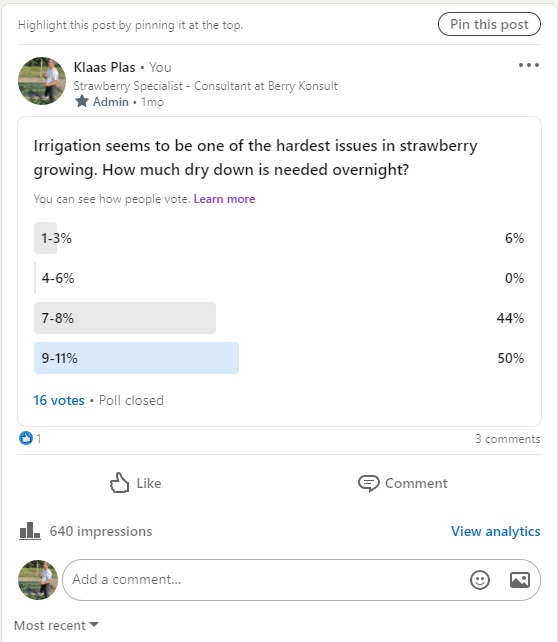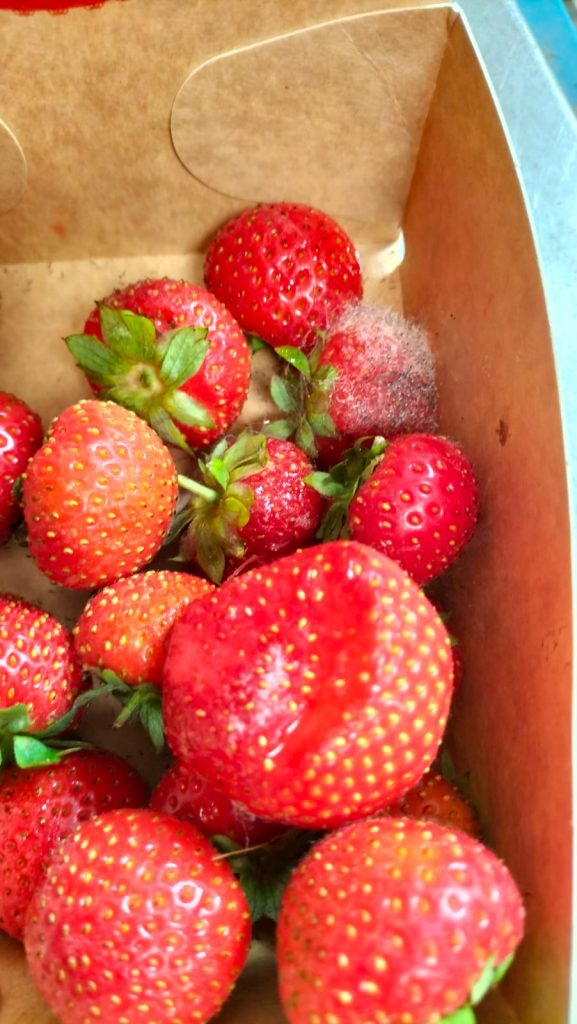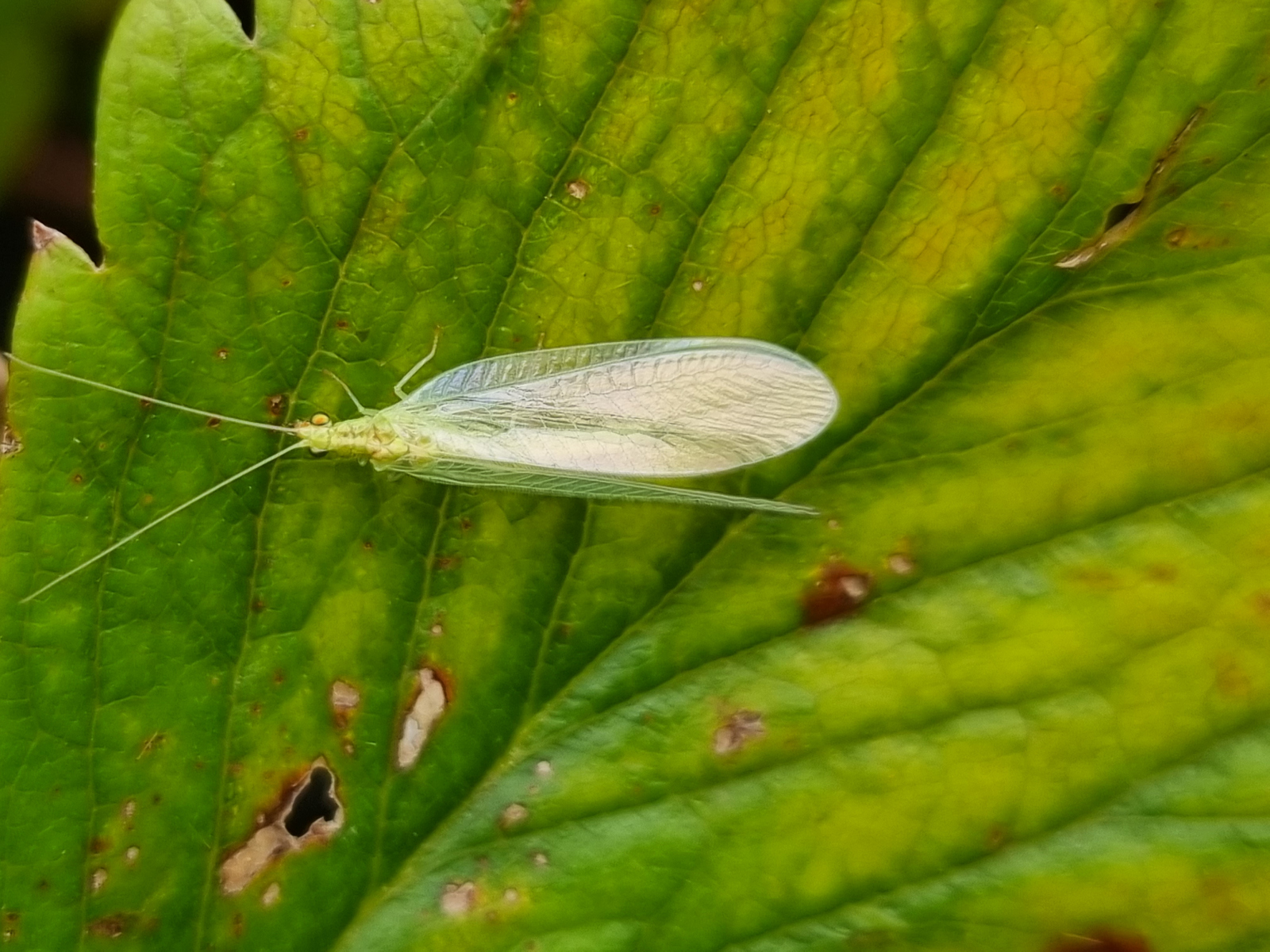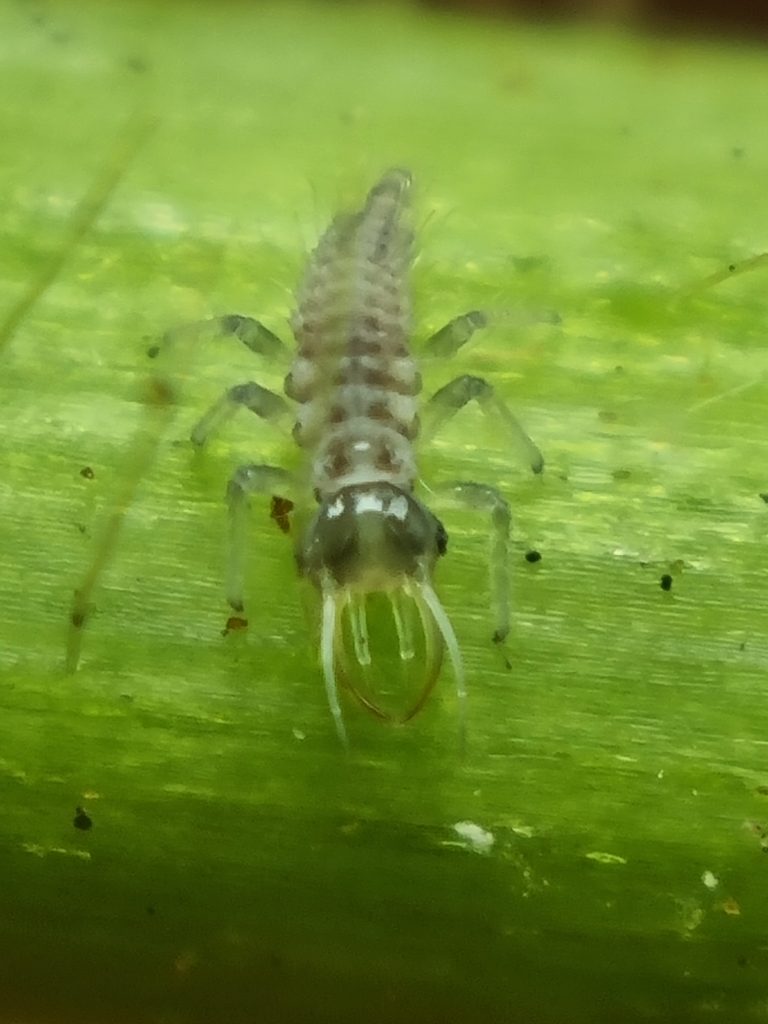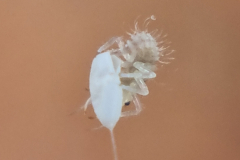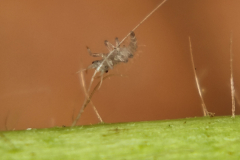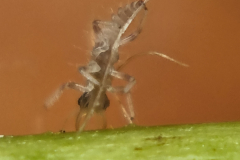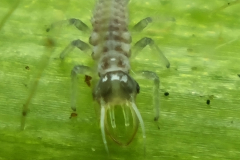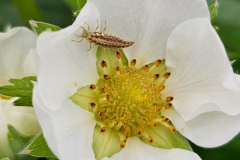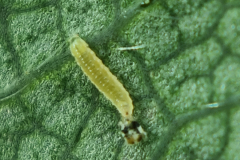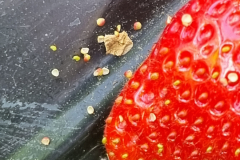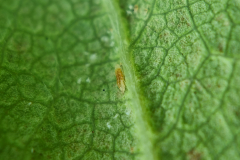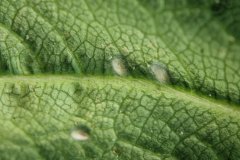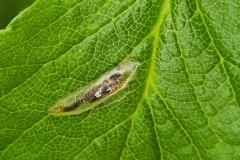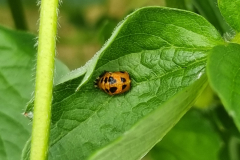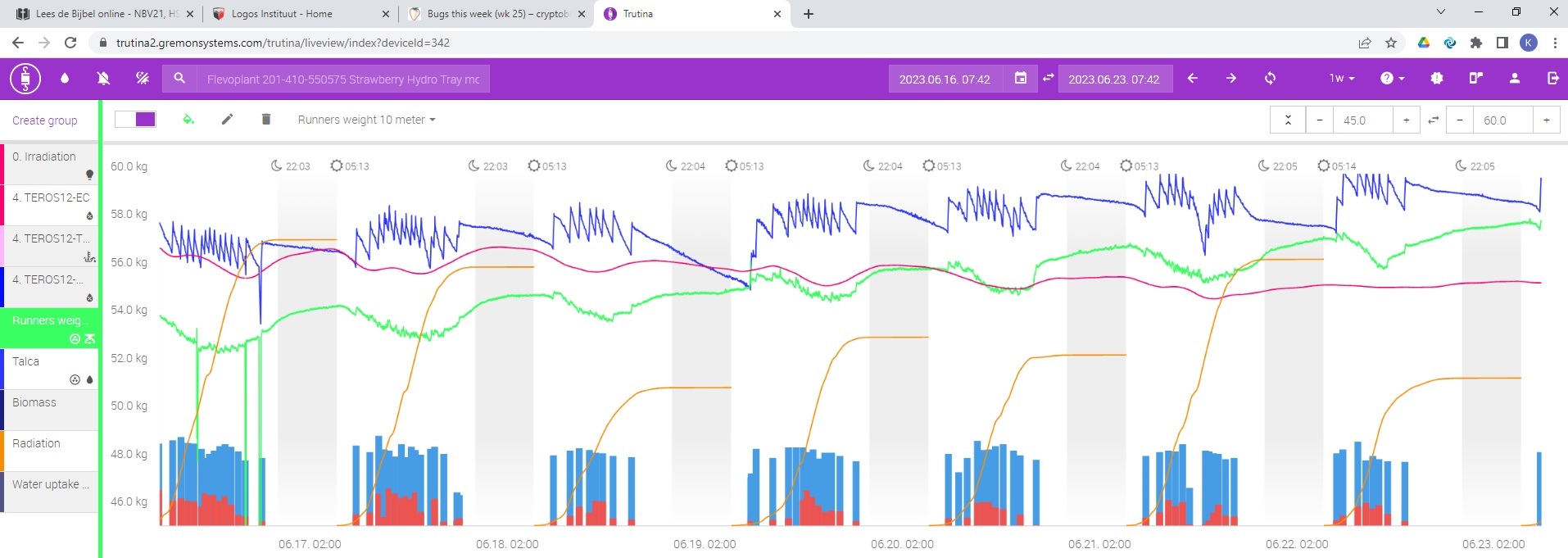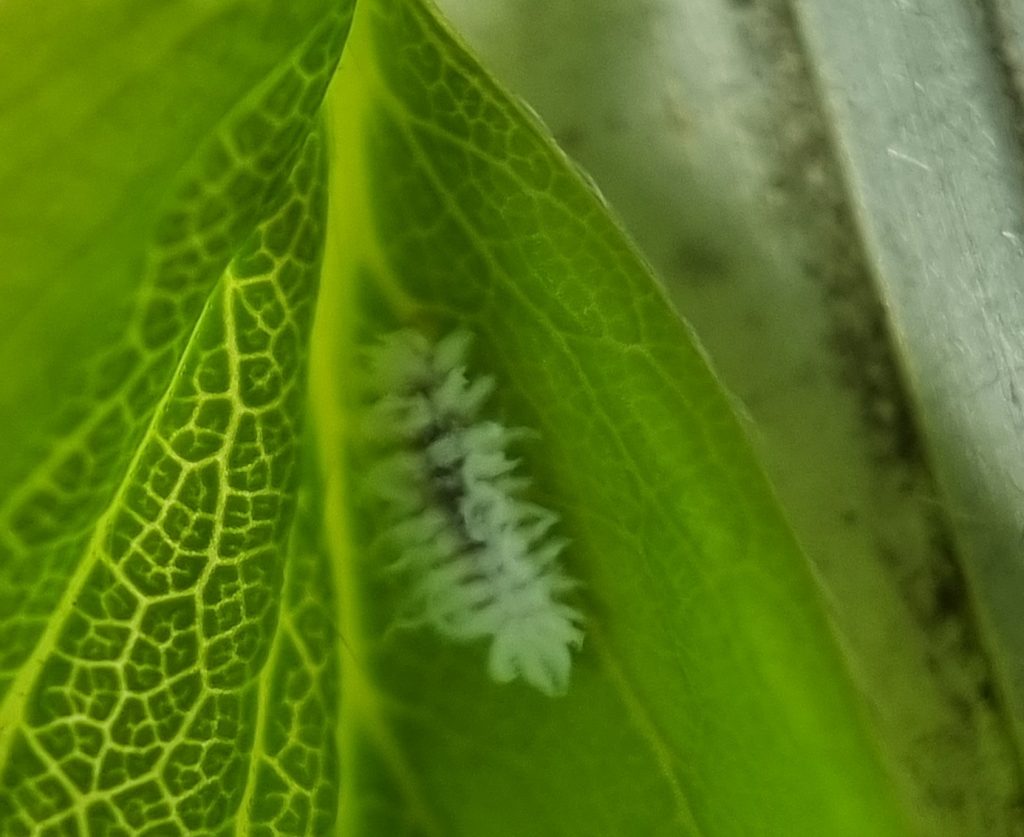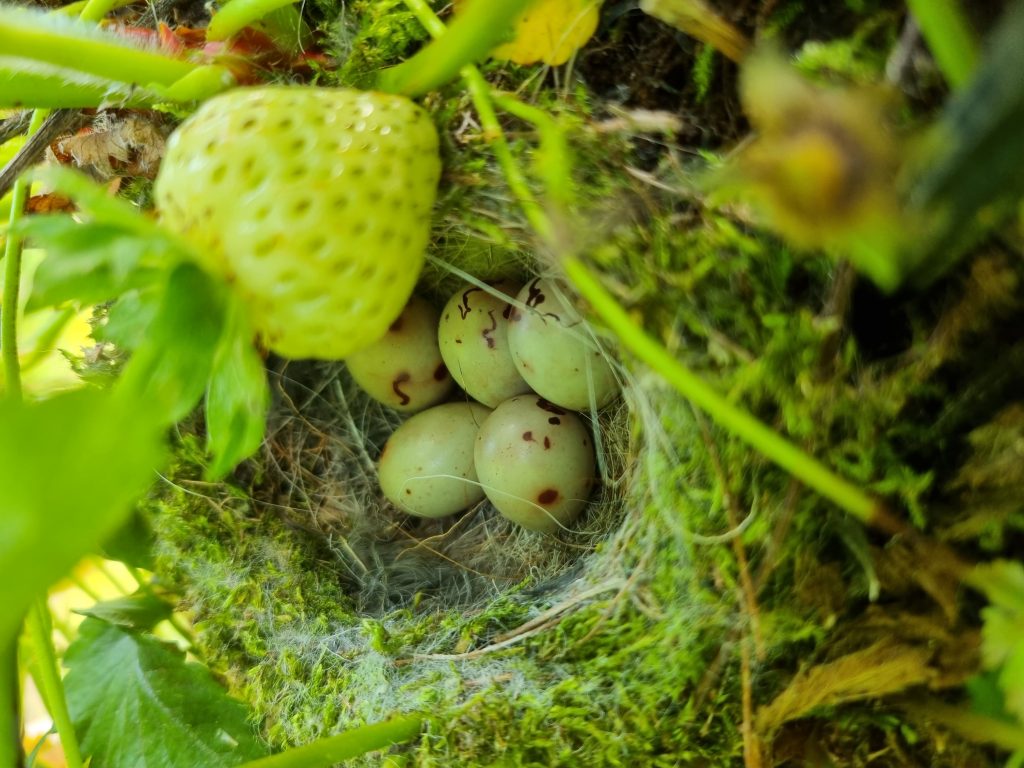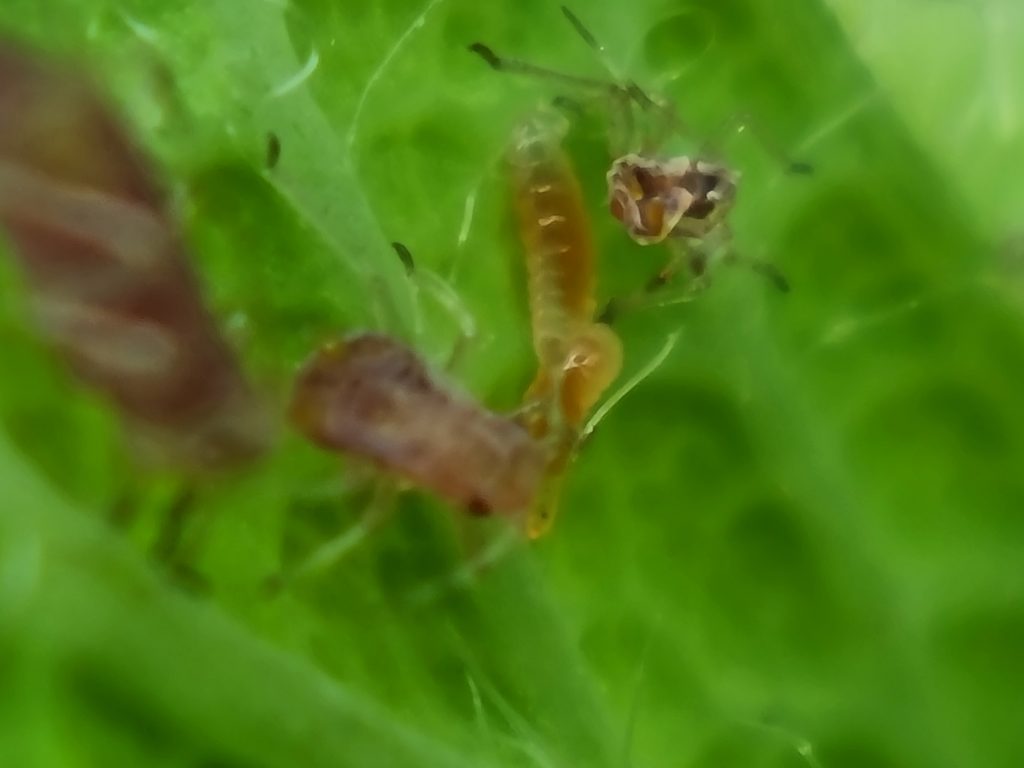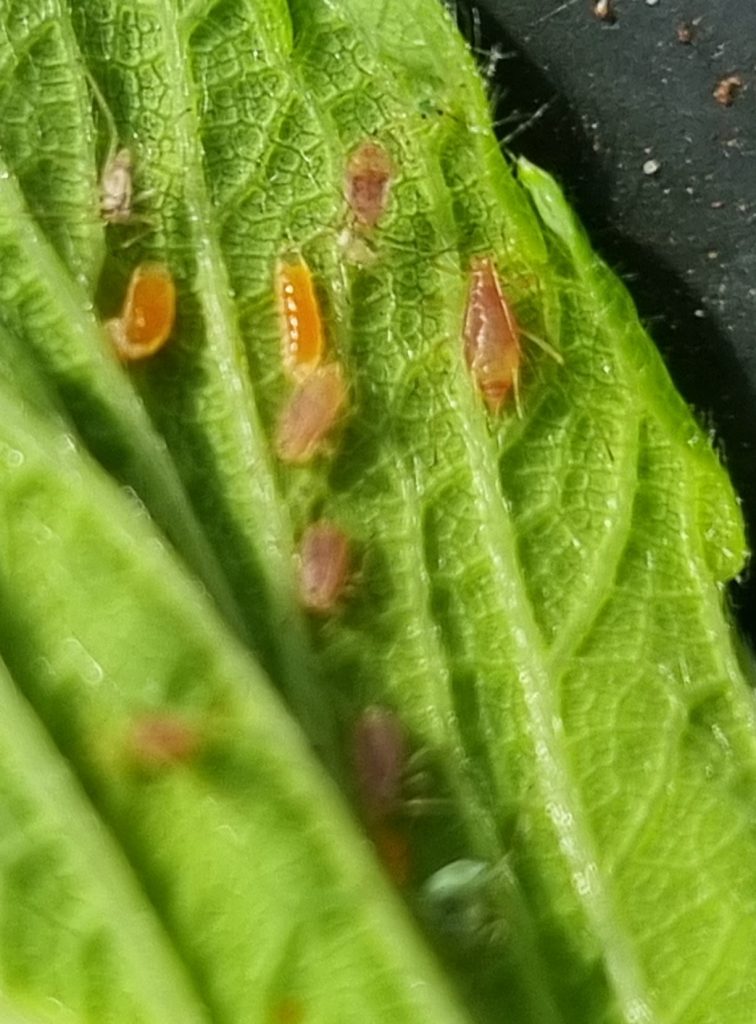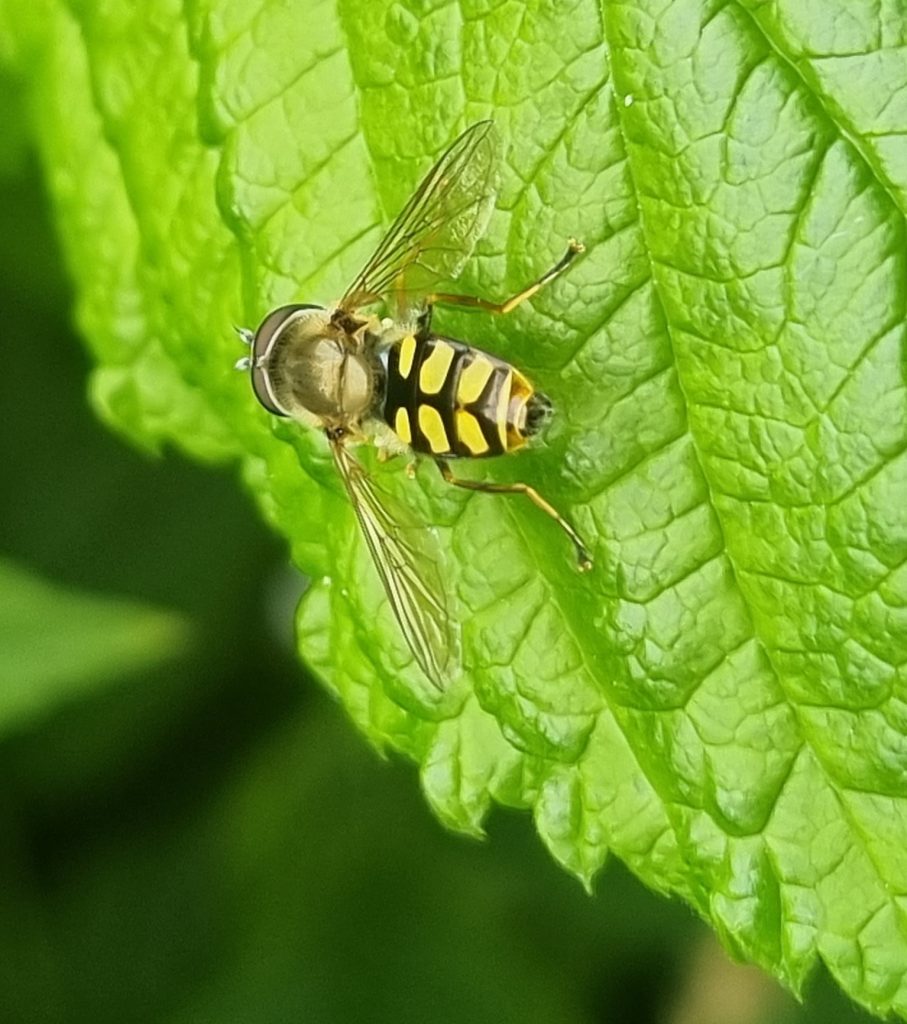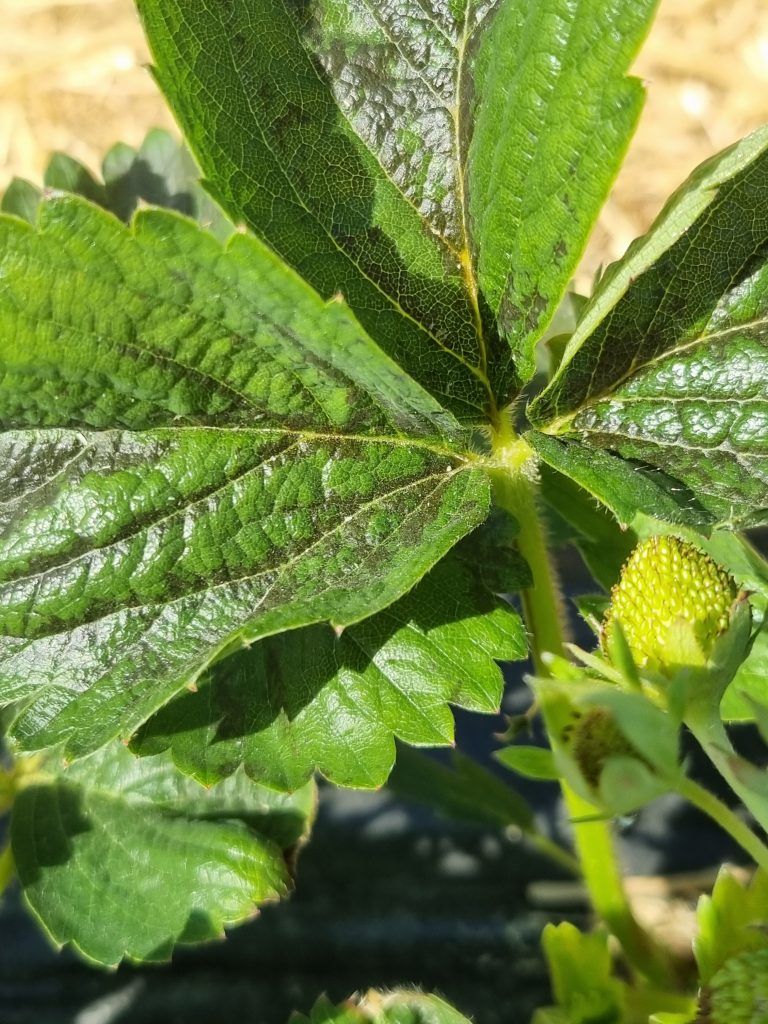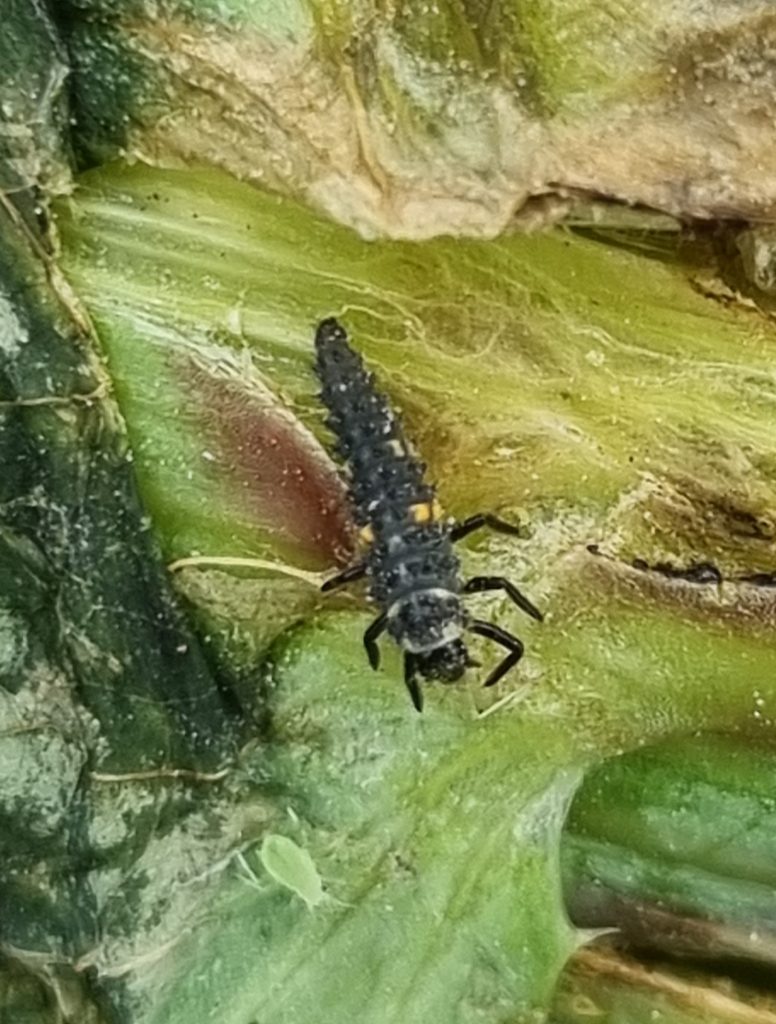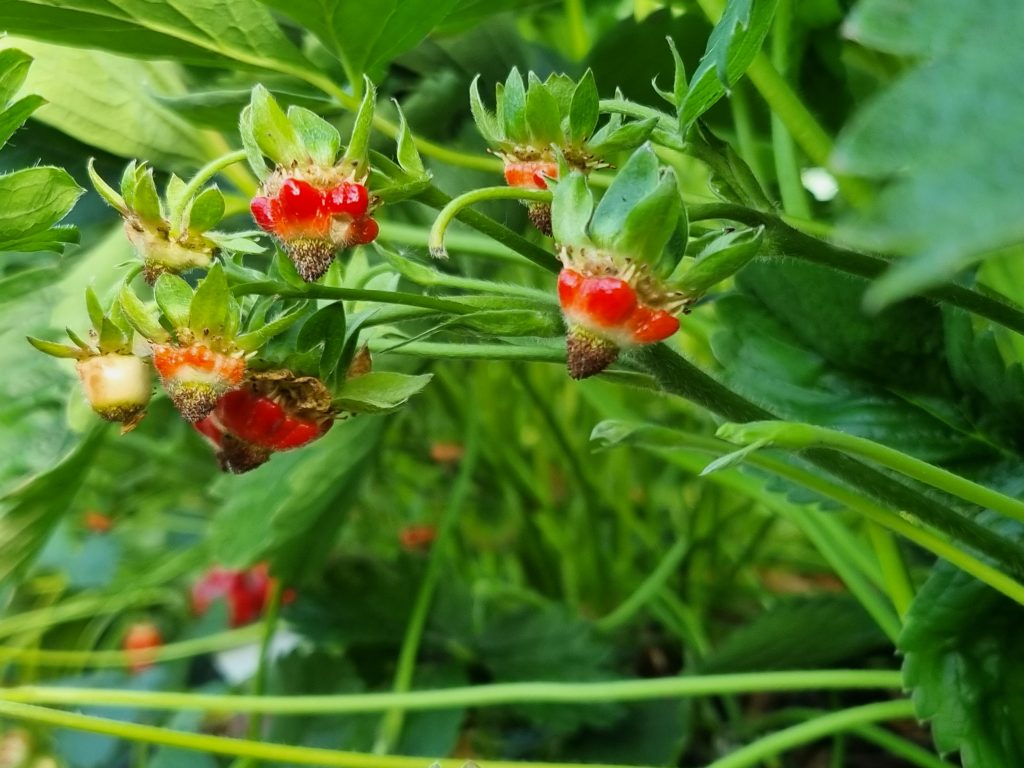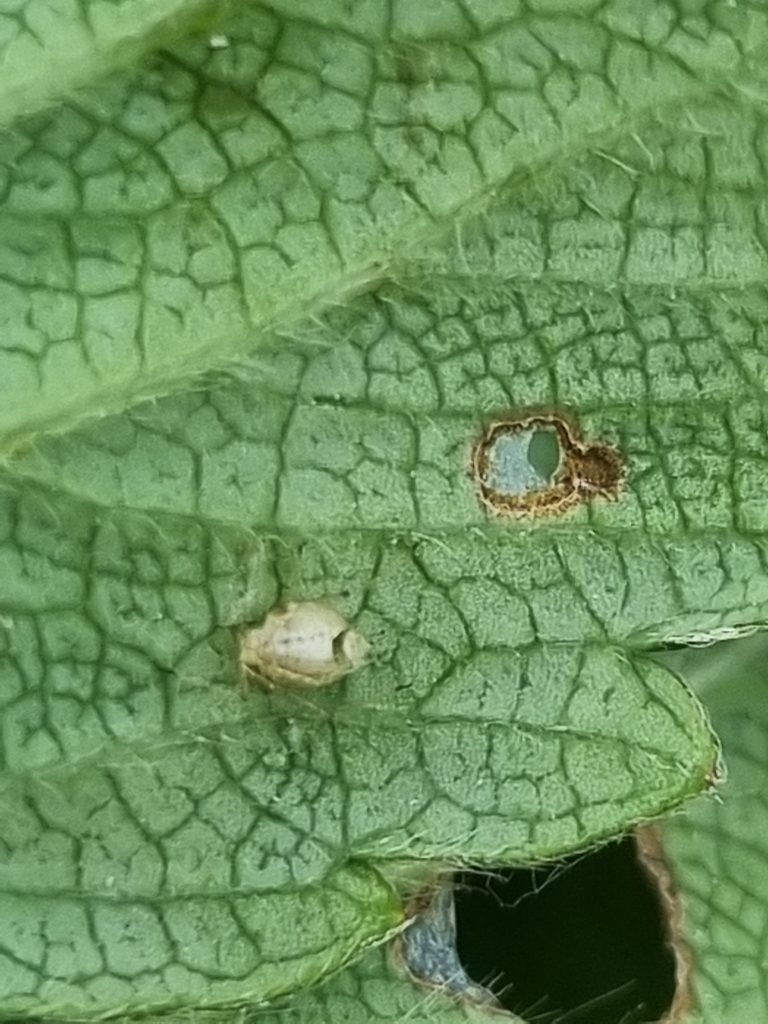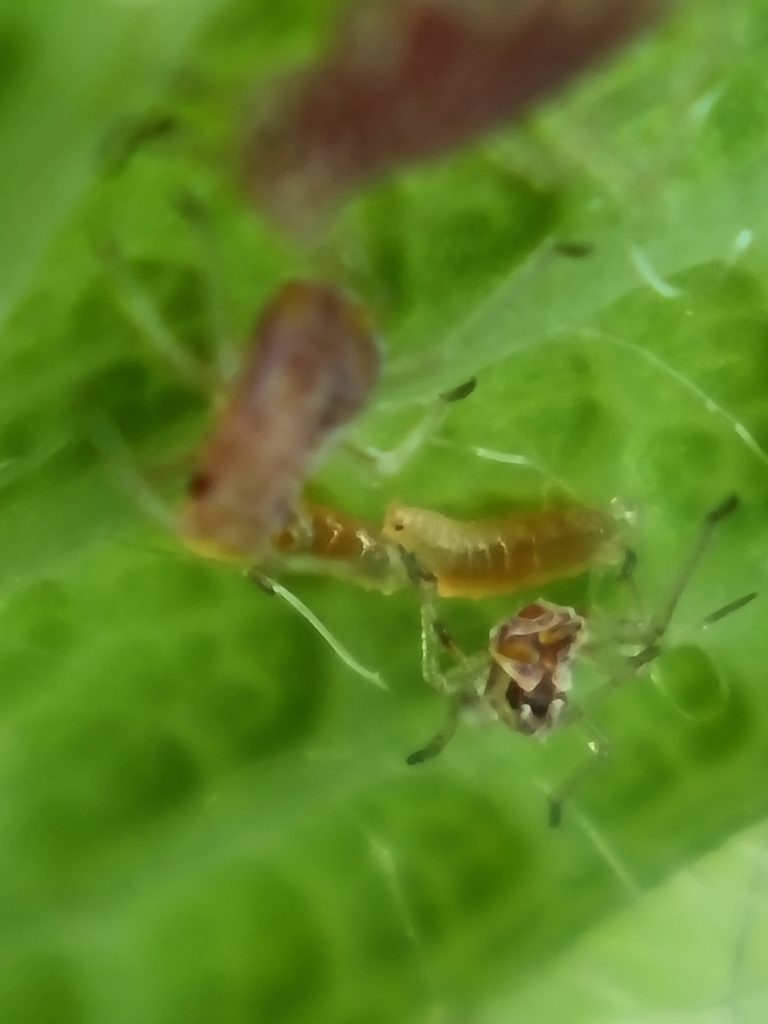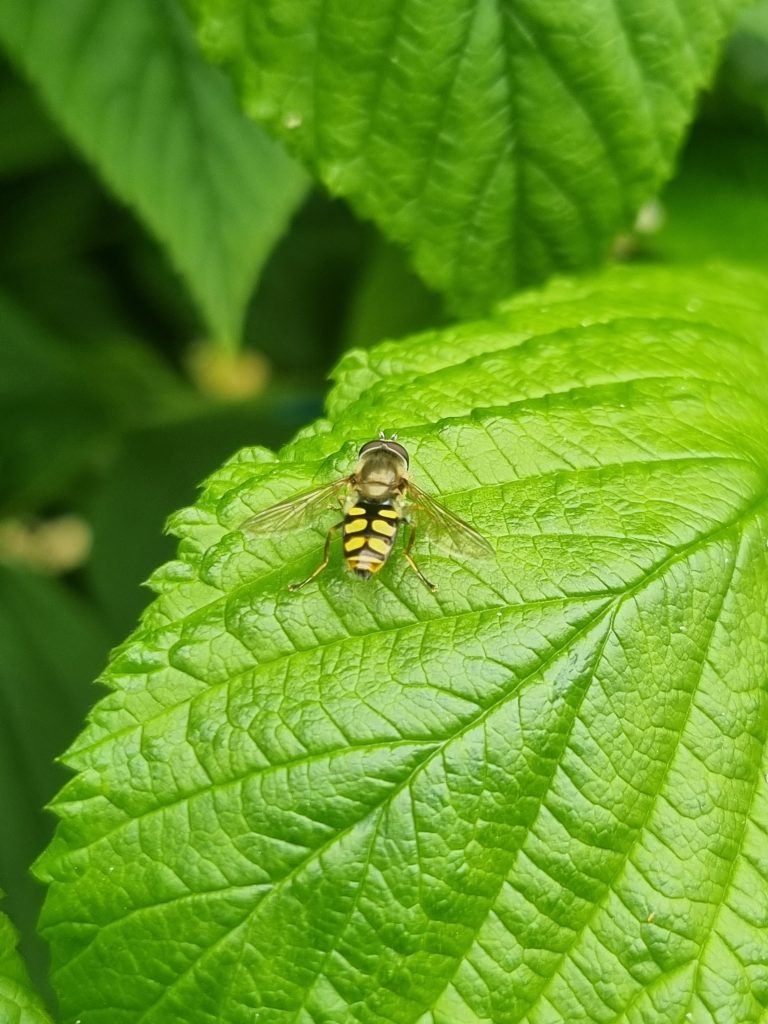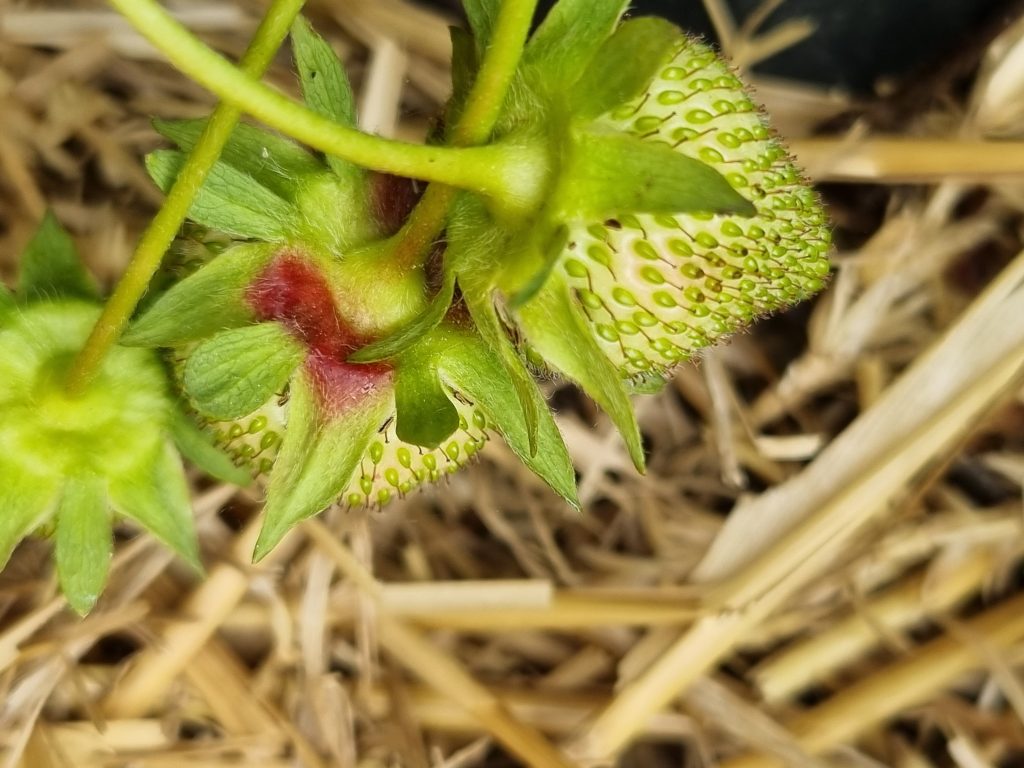Yes, irrigation is hot. In the last 6 weeks, i have seen quite a lot of issues with irrigation. At first sight it should be good: drainpercentages and sum EC totall fine. But:
– Roots quite bad
– Plants just not growing right
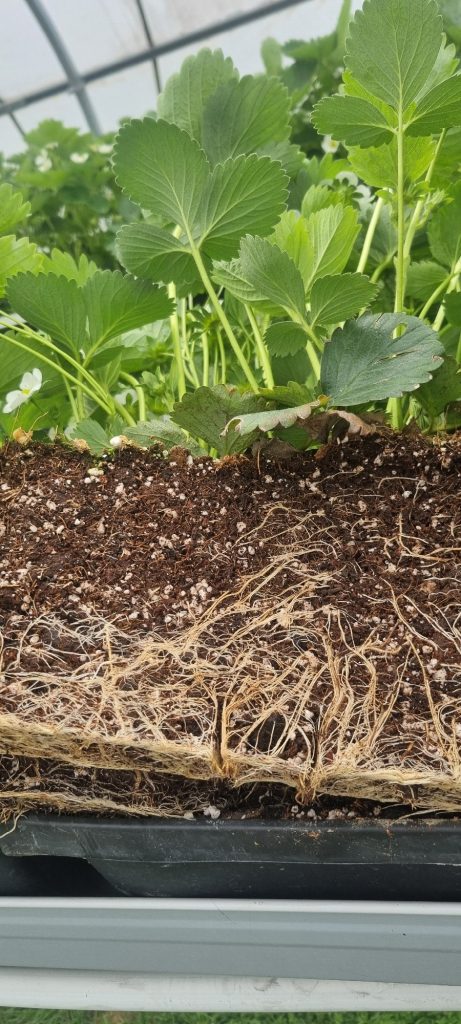
The color of these roots are really fine. But the location isn’t. I would like to see the roots from top (2-3 cm below top) till bottom, and eavenly spread.
Then just sit down and check everytyhing. For a good check we have a few tools:
– first irrigation standard 2 hours after sunrise, or better: 60-90 joules after sunrise.
or even better, just 1-2% drydown after sunrise
– last irrigation standard 2-3 hours before sunset, or better: about 125-100 joules before sunset
– the irrigation over the day should be stable. Stable means not in time, but in radiation. The correlation between radiation and evaporation is quite good. Thus stable in ml/joule (officially: ml/lm / joule/cm2). So the amount of ml/joule should be stable between the irrigations within a day, but also between the days.
Normally this is about 1,5 ml/joule. But the number is not very important, it is much more important that it is stable with normal drain percentages (5-35% – depending on plantsize and climate).
With this check (ml/joule) we could find out on several companies, that is was not stable: in most cases in the darker parts of the day too high (for example going in the direction of 3-4 ml/joule), in the sunnier parts of the day too low (going down to 0,7-1,0). That means within one day, plants are drowning or are thirsty.
This caused bad rooting, and bad plant development.
Main reason was in the most cases:
– irrigation on time
– irrigation on radsum, but with a min time interval and a max time interval.
My experience is, that from a certain plant size, irrigation on radsum is way the best system. But it is important to check if the joule and amount settings are correct by:
– drain% measurement and calculation
– drain timing (when do you get the first drain)
– measurement of dry down (between last irrigation yesterday and the first irrigation in the morning); between irrigations; between sunrise and first irrigation and between last irrigation and sunset.

Above a graph with the drydown numbers: 4,09% – quite a lot for strawberries. As you can see in the graph, irrigation started too late. With such a drydown strawberries get easy to generative.




